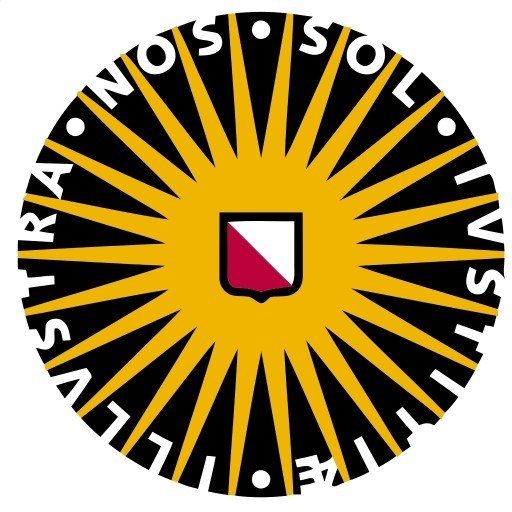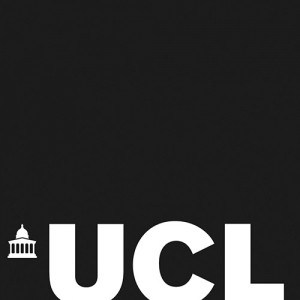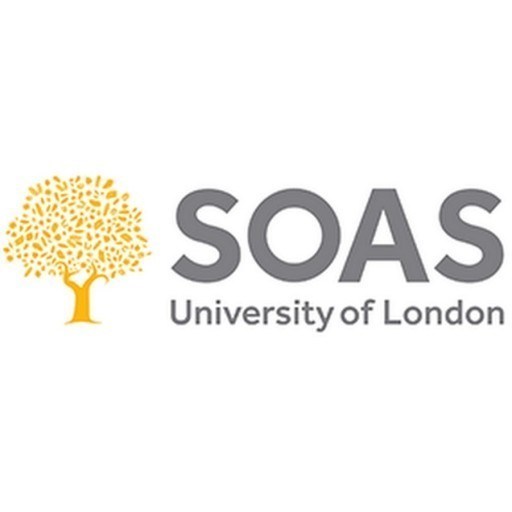Photos of university / #utrechtuniversity
The Art History of the Low Countries in Its European Context is a comprehensive master's programme offered by Utrecht University that explores the rich artistic heritage of the Low Countries within the broader European framework. This programme provides students with an in-depth understanding of the historical development, cultural significance, and stylistic diversity of artworks produced in the Low Countries, including regions such as present-day Belgium, the Netherlands, and parts of northern France. Emphasizing an interdisciplinary approach, the programme integrates insights from history, archaeology, and art theory to analyze paintings, sculptures, and other visual artifacts from the medieval period through the Renaissance and beyond.
Throughout the course of study, students will examine key artistic movements, influential artists, and major artistic centers that have contributed to the unique identity of Low Countries art. Special attention is given to the interplay between local developments and broader European trends, investigating how regional artworks interacted with, influenced, and were influenced by wider European artistic movements. The curriculum also covers critical topics such as iconography, patronage, and the socio-political contexts that shaped artistic production in the Low Countries.
The programme aims to develop students' skills in visual analysis, critical thinking, and academic research, preparing them for careers in museums, galleries, academic institutions, and cultural policy. It offers a variety of lectures, seminars, and practical research opportunities, often including visits to relevant sites and collections. Students are encouraged to engage actively with primary sources, participate in scholarly discussions, and undertake independent research projects.
Graduates of this programme will have a nuanced understanding of the complex interrelations between regional and European art histories, enabling them to contribute to academic scholarship, curation, and heritage management. The programme benefits from Utrecht University's extensive network of academic experts and access to significant collections and research facilities, making it an ideal choice for those passionate about the artistic legacy of the Low Countries and its place within European art history.
The Art History of the Low Countries in Its European Context programme offers an in-depth exploration of the rich artistic heritage of the Low Countries, including modern-day Belgium, the Netherlands, and Luxembourg, within the broader European artistic landscape. This master's programme is designed to provide students with a comprehensive understanding of the development of art from the Middle Ages to the modern period, emphasizing the unique contributions of the Low Countries to European culture. Throughout the course, students will examine a diverse range of topics, such as medieval art, Renaissance and Baroque masterpieces, modern and contemporary art movements, and the socio-economic factors that influenced artistic production in the region.
The curriculum combines both theoretical and practical approaches, encouraging students to critically analyze works of art, interpret their historical contexts, and engage with current scholarly debates. Special attention is given to the major artists and artistic centers of the Low Countries, including the workshops of Bruges, Antwerp, and Amsterdam. Students will also study the integration of art within broader cultural, political, and religious frameworks, exploring how art served as a reflection of societal changes and ideological shifts across different periods.
A key component of the programme is the comparative analysis of Low Countries art with contemporary developments elsewhere in Europe, fostering an understanding of regional influences and interactions. The programme also offers opportunities for hands-on experience with art collections, curated exhibitions, and digital tools for art analysis and preservation. Students are encouraged to develop their research skills through a combination of seminars, independent research projects, and field visits to museums and heritage sites.
Graduates of this programme will be equipped with a solid foundation in the history, theory, and methodology of art history, enabling them to pursue careers in academia, museum curation, cultural heritage management, or further doctoral research. The programme's international focus, combined with its regional specialization, aims to prepare students for a nuanced understanding of European art history and its ongoing significance in the contemporary world.
The Art History of the Low Countries in Its European Context programme at Utrecht University requires completing a set of coursework designed to provide students with an in-depth understanding of the development and influence of art in the Low Countries within the broader European framework. Students are expected to engage with both primary and secondary sources, demonstrating critical analysis and scholarly methodology concerning historical art movements, key artists, and cultural contexts. The programme emphasizes the study of periods such as the Gothic, Renaissance, Baroque, and Modern eras, with particular focus on regional distinctions and transnational influences. In addition to classroom lectures and seminars, students undertake independent research projects and participate in field trips to museums and heritage sites, fostering practical understanding of art conservation, analysis, and interpretation. To fulfill degree requirements, students must complete a specific number of ECTS credits, typically including core courses, elective modules, a research paper, and a thesis. Language proficiency in Dutch and English is often necessary to access primary sources and communicate scholarly findings effectively. Assessment is conducted through a combination of written examinations, essays, presentations, and research assignments, all of which contribute to the final grade. International students are advised to check specific language and residency requirements, and financial aid options may be available through university scholarships or grants. The programme encourages interdisciplinarity, integrating theories from history, archaeology, and cultural studies to enrich students' understanding of European art history as a dynamic and interconnected field. Career pathways following graduation include roles in museums, galleries, cultural heritage organizations, academia, and as independent researchers or consultants in the art sector. It is essential that applicants possess a strong academic background in history, art history, or related disciplines, along with a keen interest in European cultural heritage.
Financing studies of the Art History of the Low Countries in Its European Context master's programme at Utrecht University are primarily covered through a combination of government funding, scholarships, and personal finances. Dutch and European students can benefit from Dutch government grants and loans, such as the StudieLink system, which offers student loans and grants based on financial need and residency status. International students from the European Union are typically eligible for similar financial support, although specific conditions may apply. Non-EU students usually need to secure funding through private scholarships, sponsorships, or personal savings, as Dutch government financial aid often does not extend to them. Utrecht University also offers a range of merit-based scholarships for talented students, including the Utrecht Excellence Scholarships, which are highly competitive and value academic excellence, leadership qualities, and motivation. These scholarships can significantly reduce the financial burden of study fees and living costs. Additionally, students are encouraged to seek external funding sources such as Erasmus+ grants, which support international mobility and exchanges, or sector-specific scholarships from cultural and academic institutions interested in supporting art history students. Students are advised to prepare a comprehensive financial plan that includes tuition fees, estimated living expenses in Utrecht, costs for books and study materials, health insurance, and unforeseen expenses. Tuition fees for master’s programmes at Utrecht University vary depending on the student’s nationality; for EU students, fees tend to be aligned with Dutch rates, whereas non-EU students are charged higher fees. For the 2023-2024 academic year, the standard tuition fee for EU students was approximately €2,300 per year, while non-EU students paid around €13,000 per year. Students are also encouraged to explore part-time work opportunities in Utrecht, as the city offers a vibrant job market for students with temporary employment options. Overall, financing a master’s degree in Art History at Utrecht University requires careful planning, active pursuit of available scholarships and grants, and prudent financial management to ensure a successful and educationally enriching experience.
The Bachelor’s program in Art History of the Low Countries in Its European Context at Utrecht University offers students a comprehensive introduction to the rich artistic heritage of the Low Countries, focusing on its development within a broader European framework. This program emphasizes the study of painting, sculpture, architecture, and other visual arts from the medieval period through the modern era, with particular attention to the Renaissance, Baroque, and modern periods. Students explore the historical, cultural, social, and political factors that have influenced the art and architecture of the Low Countries, including the Netherlands, Belgium, and Luxembourg. The curriculum integrates theoretical approaches with practical training, encouraging students to analyze artworks critically, understand their context, and develop research skills. Throughout the program, students engage with a variety of disciplines, including history, art theory, and conservation, to gain a holistic understanding of the artistic trends and movements that shaped this region. Field visits, internships, and collaboration with museums and cultural institutions are integral parts of the learning experience, providing practical insights into art curation and heritage management. The program also fosters international perspectives by comparing the Low Countries’ art history with that of other European regions. Graduates are prepared for careers in museum curation, art conservation, research, and cultural policy, or for further academic study at the master’s level. The program is characterized by its research-oriented approach, prominent faculty members, and strong links with European cultural institutions. It aims to develop students’ analytical, communicative, and research skills to contribute effectively to the fields of art history and cultural heritage.


